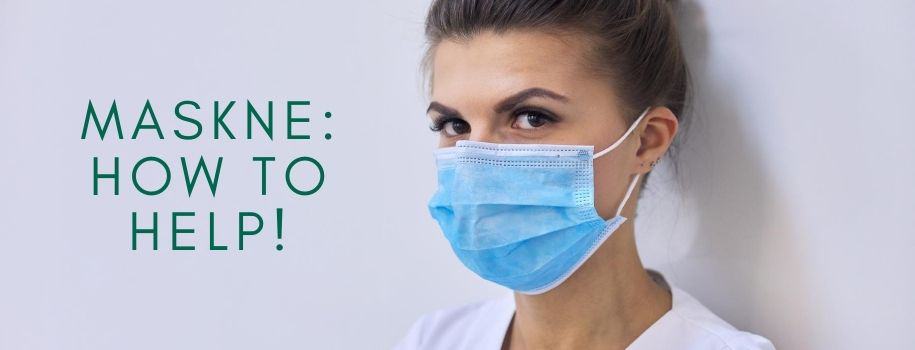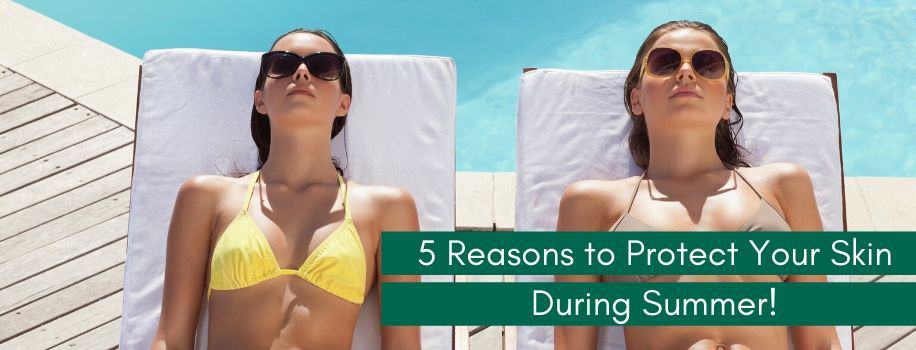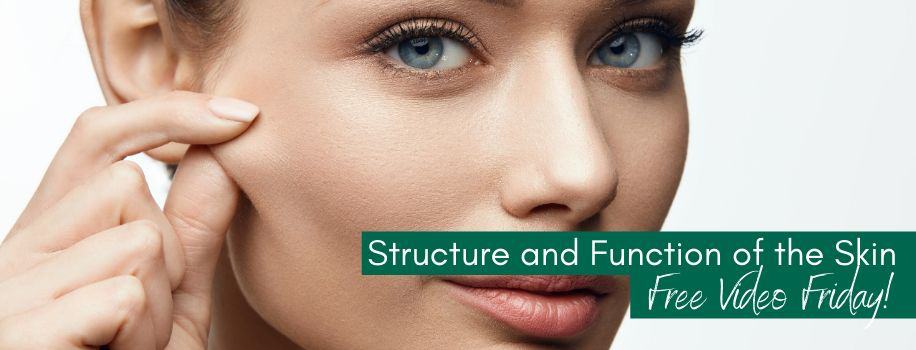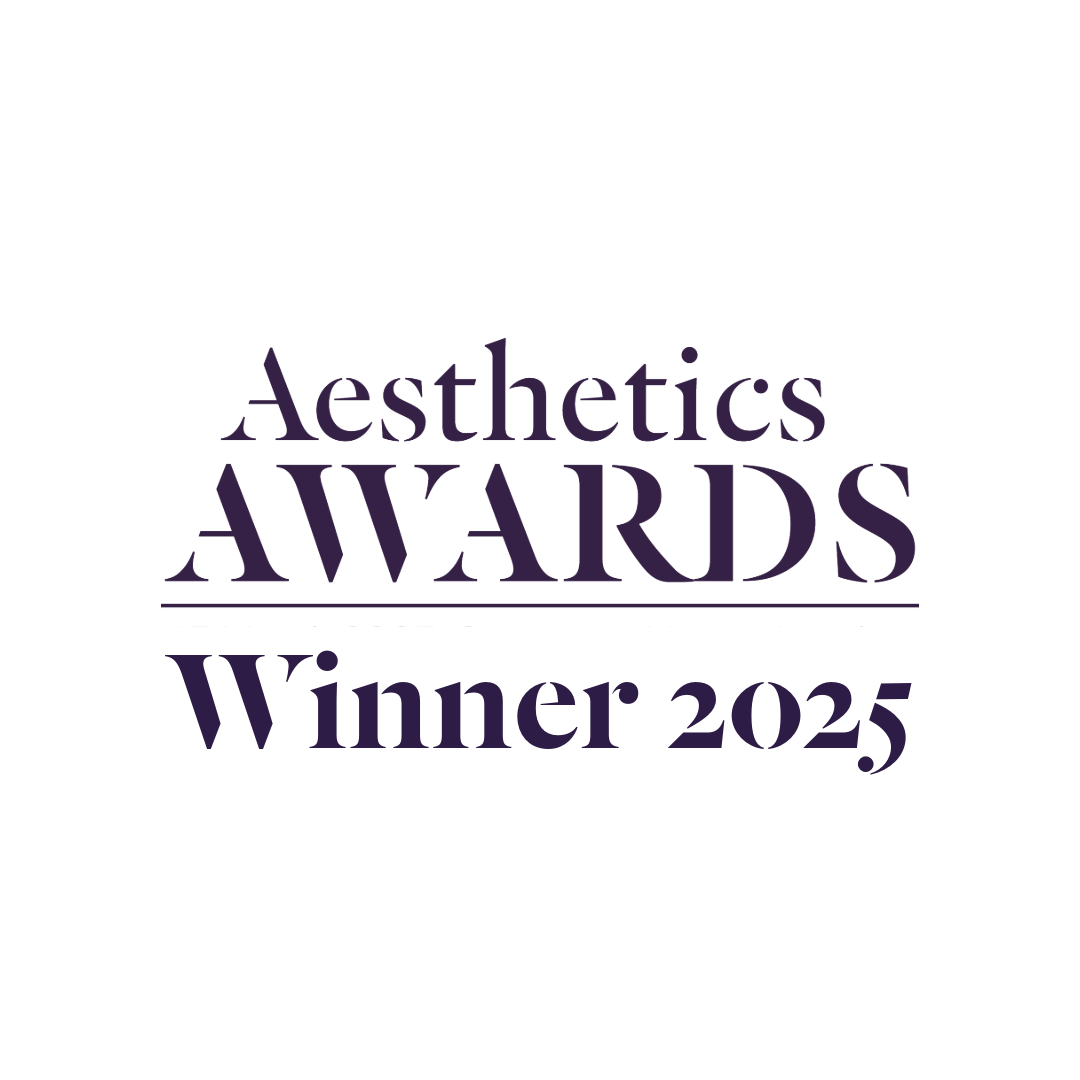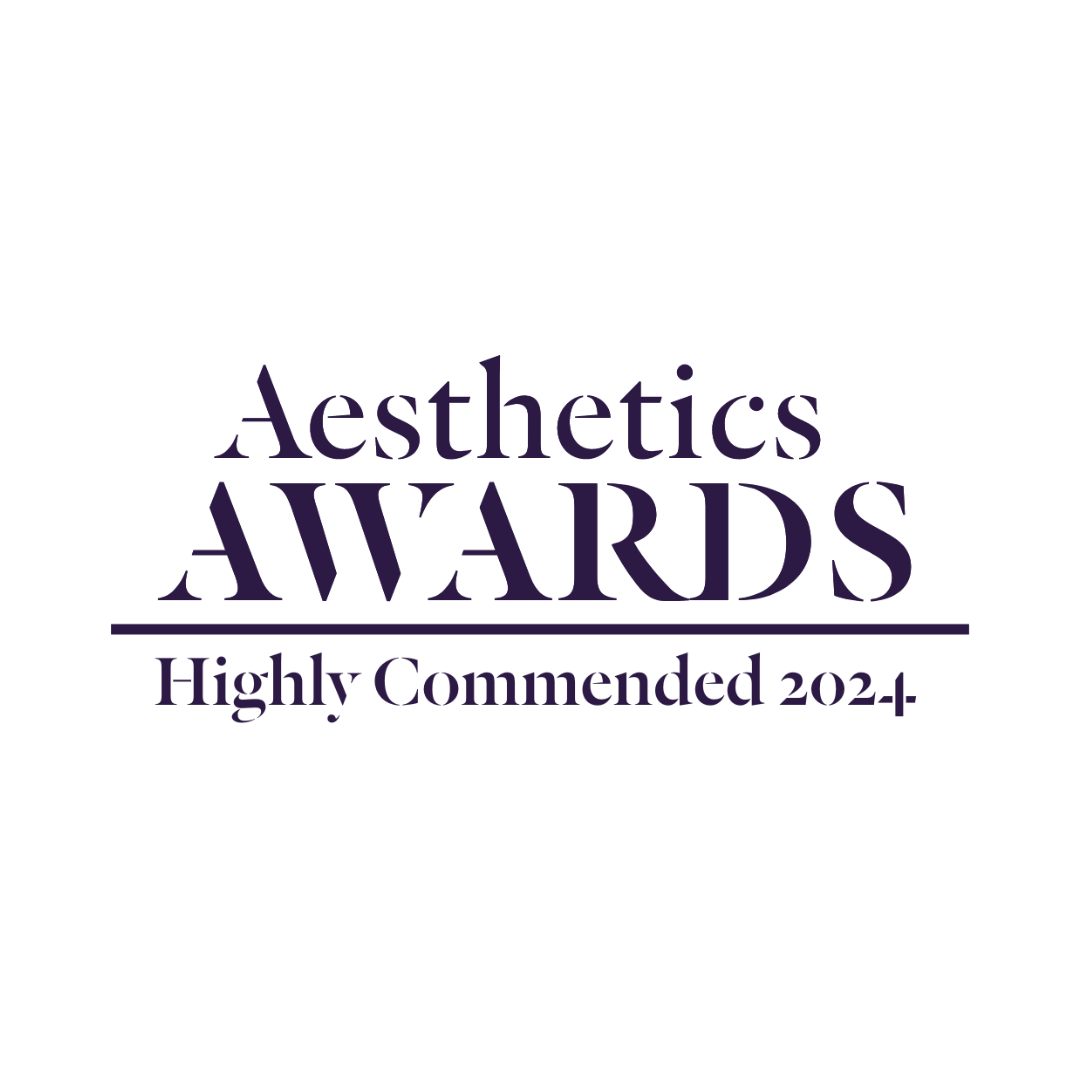Get all your questions about aesthetics answered.
Join us on Wednesday 8th February at 7:30 pm for a webinar around safety, skin care tips and non-surgical treatments. Non-surgical treatments have revolutionised the aesthetics industry and are now more popular than ever before. However, there are certain myths associated with these treatments. This webinar is ideal for those considering treatment options but would like to know more about everything involved and the safety precautions that should be taken.
We will be joined by our expert trainers, Dr Fiona Durban & Dr Olha Vorodukhina as they discuss and answer some common myths about aesthetics and non-surgical treatments! Both Fiona and Olha have a comprehensive understanding of aesthetic medicine and have excelled in their respective fields. Here is some more information on our hosts:
Dr Fiona Durban BSC MBBS MBCAM – Clinical Lead & Aesthetic Doctor
Joined The Aesthetic Industry: 2013
Dr Fiona Durban qualified from St Mary’s Hospital Medical School (Imperial College, London) in 2000 and also gained a Batchelor of Science degree in Medical Anthropology from University College London. She then went on to do training in General Practice and MRCGP (merit) in 2005 and also became a full member of the British College of Aesthetic Medicine.
Fiona decided to move into aesthetic medicine in 2013 after training with Cosmetic Courses! Working in a busy clinic before becoming a trainer for Cosmetic Courses in 2014. Now Clinical Lead for Cosmetic Courses, Fiona is based at our headquarters in Buckinghamshire.
Dr Olha Vorodyukhina – Dentist and Aesthetic Practitioner
Joined The Aesthetic Industry: 2011
Dr Olha Vorodyukhina graduated in dentistry in 2005 from the Ukrainian Medical Stomatological Academy. She moved to the UK in 2009 and helped her husband run his aesthetic clinic in the Midlands whilst studying for her overseas Registration exam with the GDC, and through this she become interested in aesthetics and decided to train in the industry herself.
Olha completed the majority of her training with Cosmetic Courses and now divides her time between aesthetic and dental work and is also Clinical Lead at Cosmetic Courses Midlands, which she launched in 2017 after joining as a trainer in 2014.
This is a great informational webinar for those thinking about embarking on a treatment journey in 2023. The GLOW in 2023 webinar will focus on these key areas:
- Safety in aesthetics
- How to take the best care of your skin
- Age-appropriate aesthetic treatments
- Common misconceptions about treatments
- Question and answer session with our expert practitioners
Register for the GLOW in 2023 webinar by clicking here! Wednesday 8th February at 7:30 pm.



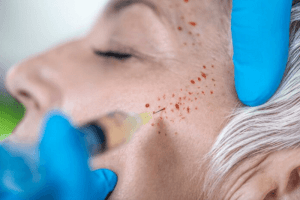 course, it’s important to do your research before booking on especially when it comes to the products the course is using. The world of PRP is vast and should not be seen as a one size fits all treatment. Multiple courses are needed to cover the different areas such as hair, face, and body along with understanding different client needs and managing expectations.
course, it’s important to do your research before booking on especially when it comes to the products the course is using. The world of PRP is vast and should not be seen as a one size fits all treatment. Multiple courses are needed to cover the different areas such as hair, face, and body along with understanding different client needs and managing expectations.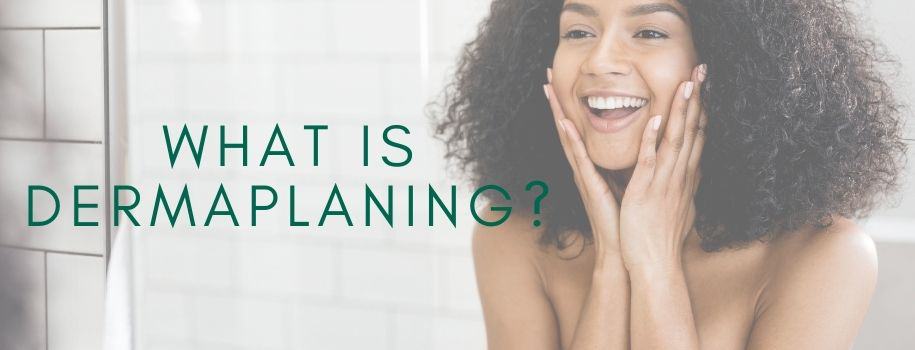
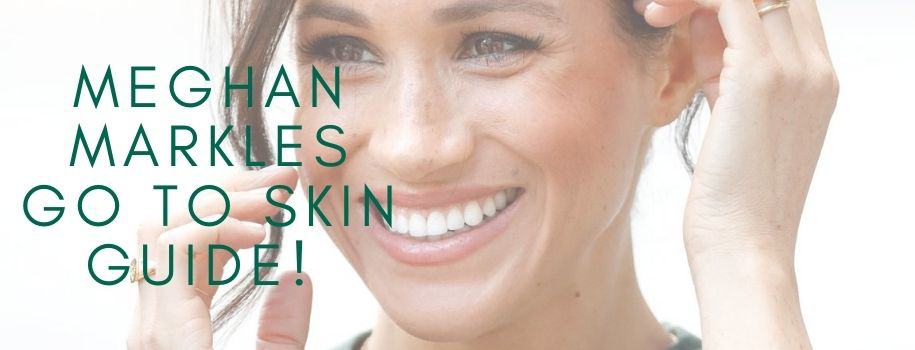
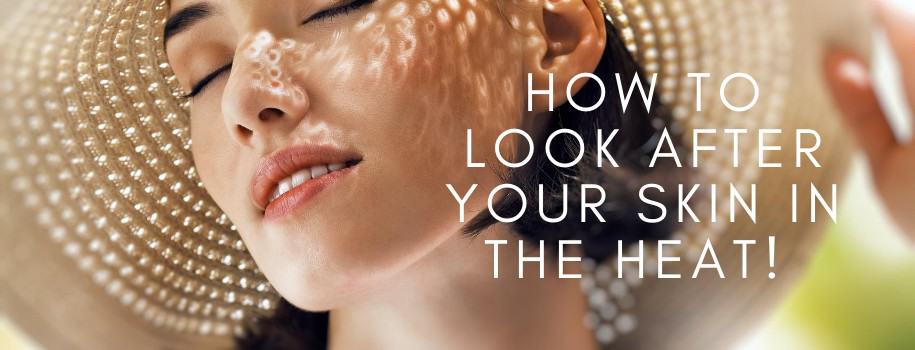
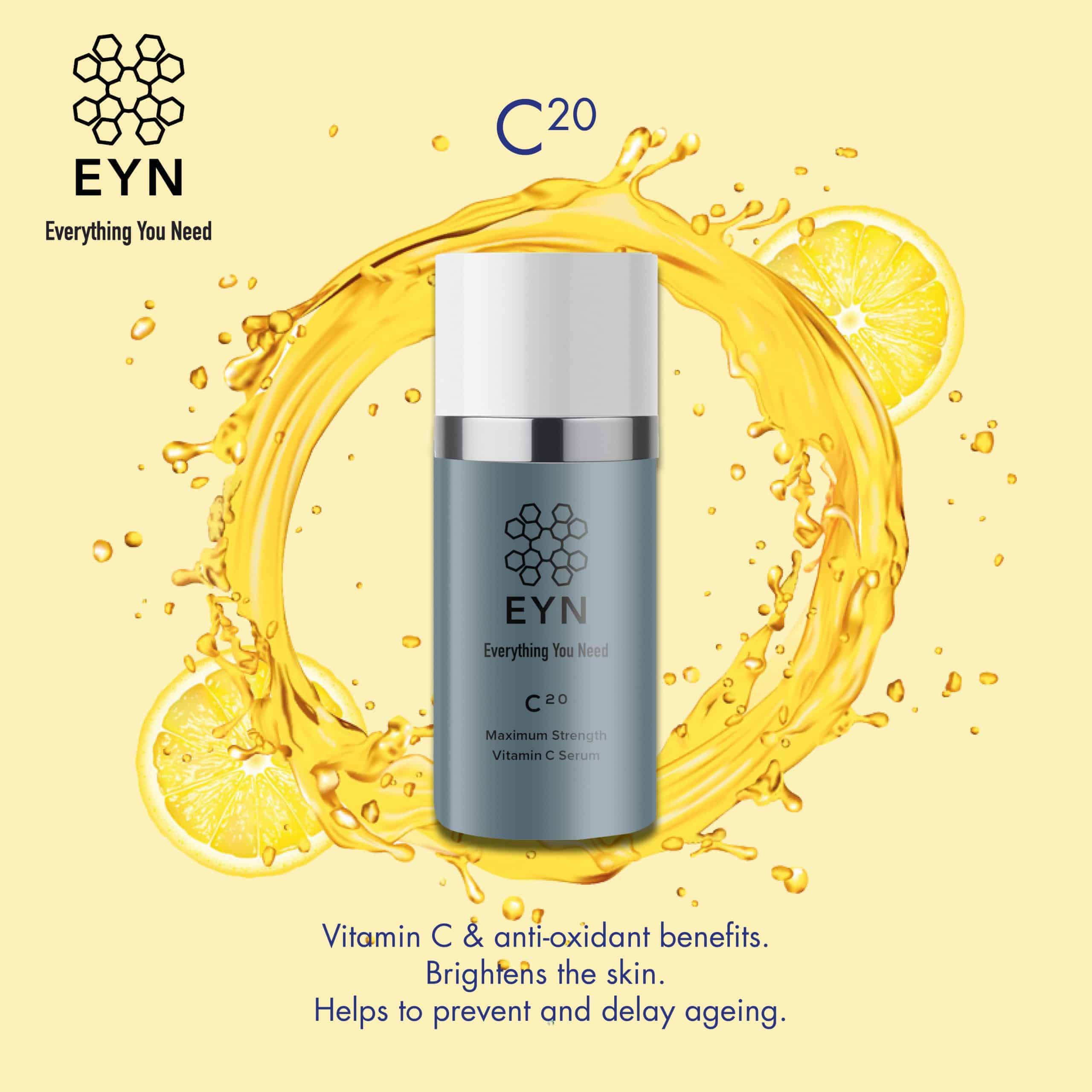 Invest in a solid vitamin C serum. In the clinic we offer
Invest in a solid vitamin C serum. In the clinic we offer 